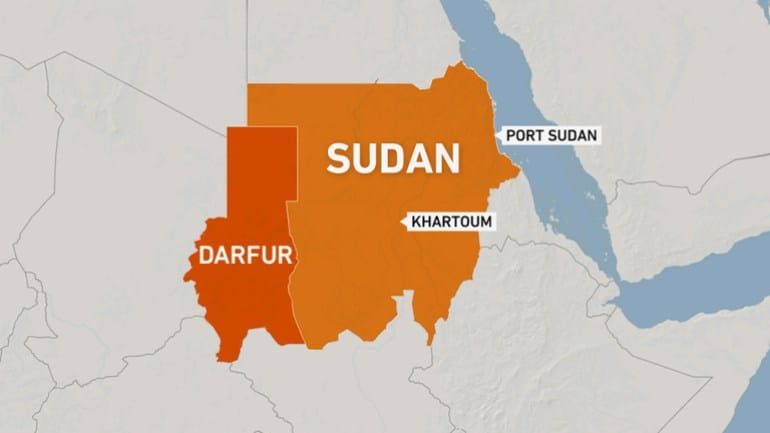According to Sudanese researcher Jihad Mashamoun, the war has been marked by “give-and-take” battles, with towns changing hands multiple times. For example, Umm Sumeima, west of El-Obeid, was first captured by the army, taken by the RSF, and then retaken by government forces in September 2025.
Mashamoun noted that the SAF dominates northern, eastern, and central Sudan, including major states such as Khartoum, Al-Jazira, White Nile, Kassala, Gedaref, and Red Sea. Most of southern Sudan, including Blue Nile and White Nile regions, is also almost entirely under army control. In contrast, the RSF remains entrenched in Darfur, controlling four of the region’s five states, with its influence strongest in East Darfur and extending to the Chadian border.
The RSF has been accused of committing atrocities, including massacres, looting, and targeting medical facilities, particularly during the siege and capture of Al-Fashir, which forced more than 62,000 people to flee. Rights groups say the RSF’s operations show little discipline, with attacks often targeting civilians it perceives as aligned with the army.
Kordofan has emerged as Sudan’s new strategic battlefield, with northern and western zones divided between the two forces. Analysts warn the region could determine the next phase of the war, as the SAF aims to reclaim Kordofan, cut RSF supply lines, and secure towns such as Bara and Nuhud, which have seen heavy RSF attacks and civilian displacement.
The humanitarian situation continues to deteriorate. The UN reports that over 25 million Sudanese—half the population—need urgent aid, with famine looming in Darfur, Kordofan, and parts of Khartoum. Health and education systems have collapsed, and displaced populations face severe shortages of food and medical care.
Experts say the conflict shows no signs of a clear strategic resolution, with the RSF largely operating without centralized command and continuing to focus on seizing territory and attacking civilian populations.



